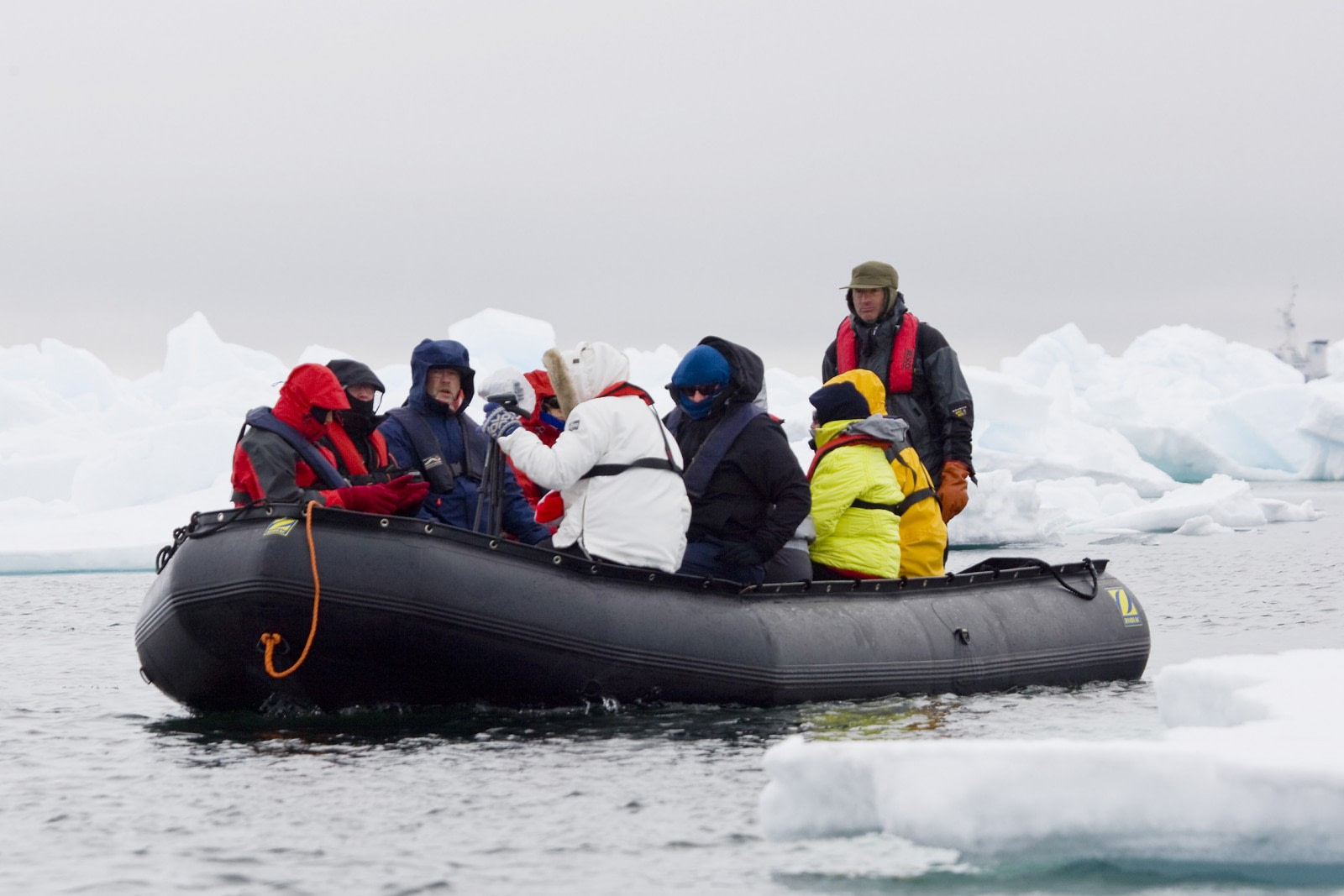Meet the polar ecologist who will deliver a number of fascinating presentations during our 2023 Arctic season
Louis Beyens has been studying the Arctic since 1978, before many expedition guides in the polar cruise industry were born. He has also been accompanying Oceanwide to the polar regions since the early 1980s, longer than our company has existed under its current name.
An ecology professor at the University of Antwerp, Beyens specializes in the biogeography of unicellular organisms in the polar regions. He will join three Oceanwide voyages to the Arctic in the summer of 2023 – two as an expedition guide and lecturer on the Rembrandt van Rijn, and one as a lecturer on Hondius.
As far as our guest lecturers go, he is among the most experienced in researching and traveling the Arctic. Beyens has enjoyed a decades-long career of field work and publications. His research, which investigates the impact of climate change on testate amoebae and diatoms, has led to the discovery of new Arctic-exclusive taxa. One of his books, The Future Polar Bear, which he wrote with our expedition leader Rinie van Meurs, addresses the impact of disappearing sea ice on Arctic ecosystems.
Science-minded passengers joining our Arctic 2023 voyages will hardly find a more interesting guest lecturer. We sat with Beyens to discuss what inspired his long history of polar research and what topics he’ll be discussing with our guests this summer.
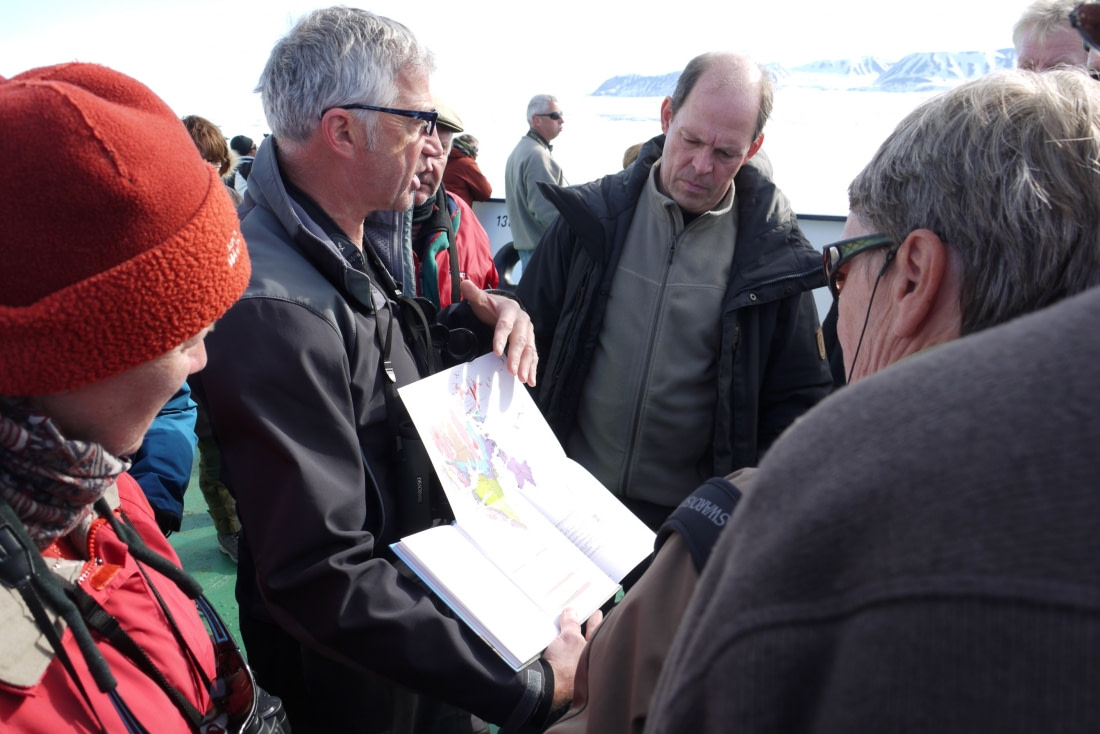
You have worked as a researcher, guest lecturer, and expedition guide on polar voyages since the late 70s. What got you started?
It started with my first trip to the Arctic in 1978. I was part of a mountaineering expedition in East Greenland, studying the biogeography of unicellular organisms.
I was working on my PhD at the University of Antwerp at that time, looking at the development of landscape and vegetation following the last ice age – starting from about 11, 700 thousand years ago until now. I was studying a number of things that, when put together, give you a good idea about the environment. And when you have a good idea about the environment, you have a good idea about the climate.
This work was an eye-opener for me. Together with plant scientists, we did experimental work in the Zackenberg area of northeast Greenland and Qeqertassuaq (West Greenland) to assess the impact of a warming climate on the functioning of the ecosystem. This work led me to Alaska, Siberia, Antarctica, all sorts of places. It was a very nice time.
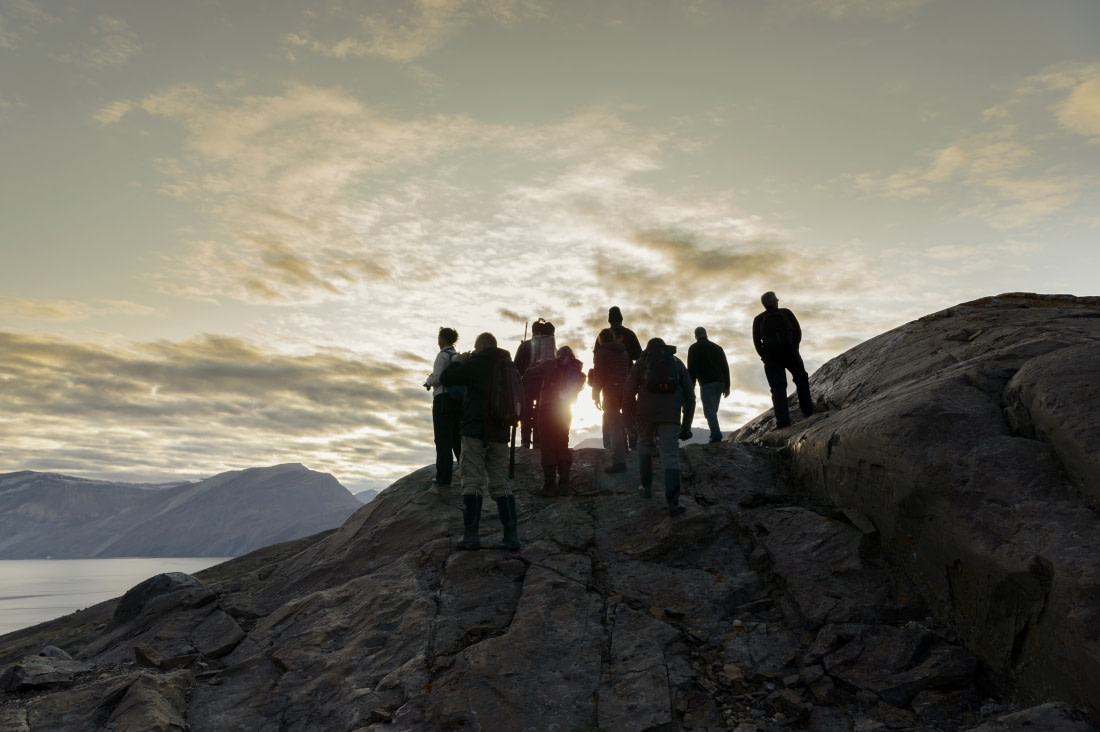
Image by Olga Lartseva
What got you into the study of biology in the first place?
For this we have to go back to childhood. My father, who was a miner, was always interested in catching birds. I often went with him into nature to catch birds, which of course is not allowed anymore except for scientific purposes.
We lived in a small town in Limburg, so I could walk maybe ten minutes with him outside of town into the heather. That environment gripped me and led to my interest in studying biology.
How did your work lead to doing lectures on polar expeditions?
I saw an announcement about a voyage from Holland to Spitsbergen, so I called the phone number attached to it. That’s when I first spoke to Ko de Korte. I asked if I could join as a passenger and do sampling during the voyage. That was in 1983.
The voyage hopped between a lot of islands in the Svalbard archipelago. That was a great opportunity to get samples, since I could get a gradient from the moderate latitudes to the Arctic latitudes. And this voyage led to my being an expedition guide and lecturer for Oceanwide and other polar tour operators in the years afterward.
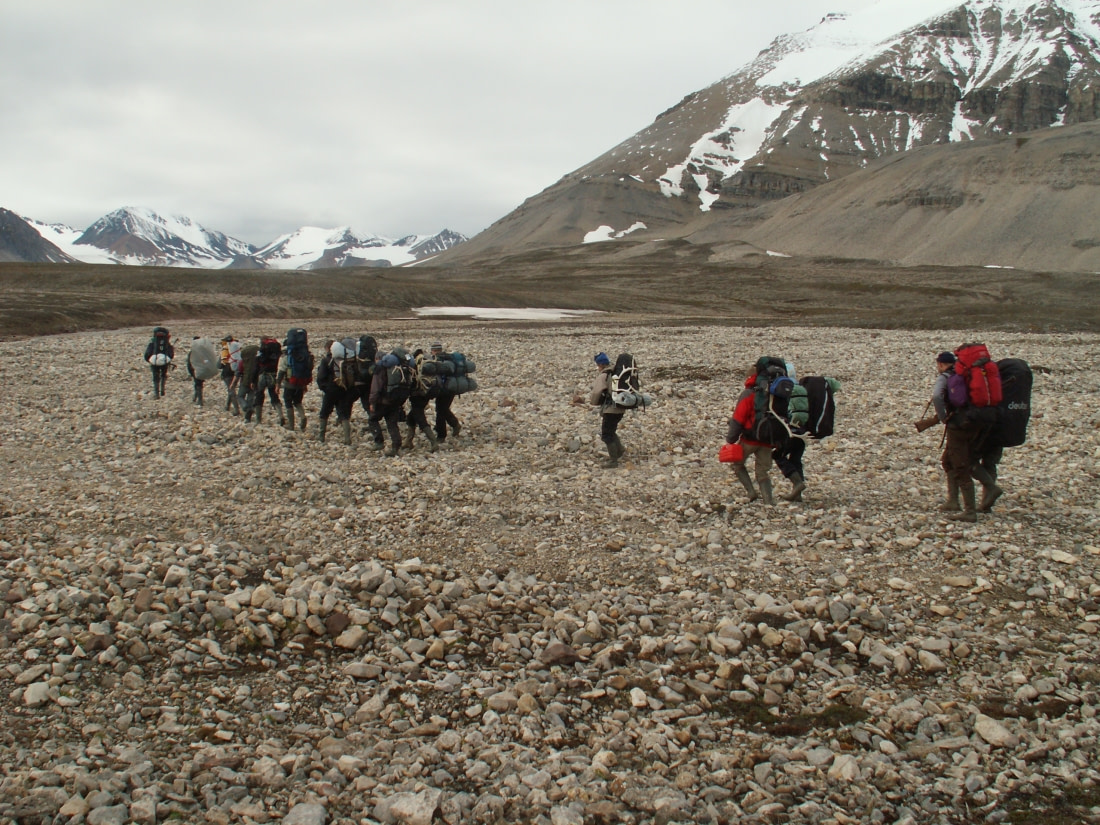
What will you lecture about on your upcoming Arctic trips?
The first thing I want to talk about is climate. Not climate change, just how climate works. There’s a lot of talk about climate change but not a lot about fundamentals, volcanism, plate tectonics, and things like that. People are interested in those things.
Then I’ll move on to the Arctic and Antarctica: how does climate work in those places, and what are the characteristics of their ecosystems? That will be a series of lectures.
Do you go into great detail for these presentations, or do you use a simplified version tailored to non-experts?
I do not use the same material I use for a class. For the general public who join polar cruises, I try to find a balance between not too difficult and not too easy. This can be a hard thing to do because you don’t know who you’ll have on the ship.
For example, I use different graphs. If you’re not involved in scientific research, the graphs I use in my work can be hard to understand. So while I like to use graphs as visual aids, I have to decide which versions to use and where they will be appropriate. I try to keep it understandable for everyone. I definitely do not recycle classroom lectures.
Sometimes we get scientists on board who are familiar with this line of work, but you can’t count on that. So it’s important to go slowly and make sure people are enjoying the information you’re giving them, otherwise it won’t enhance their experience on the trip.
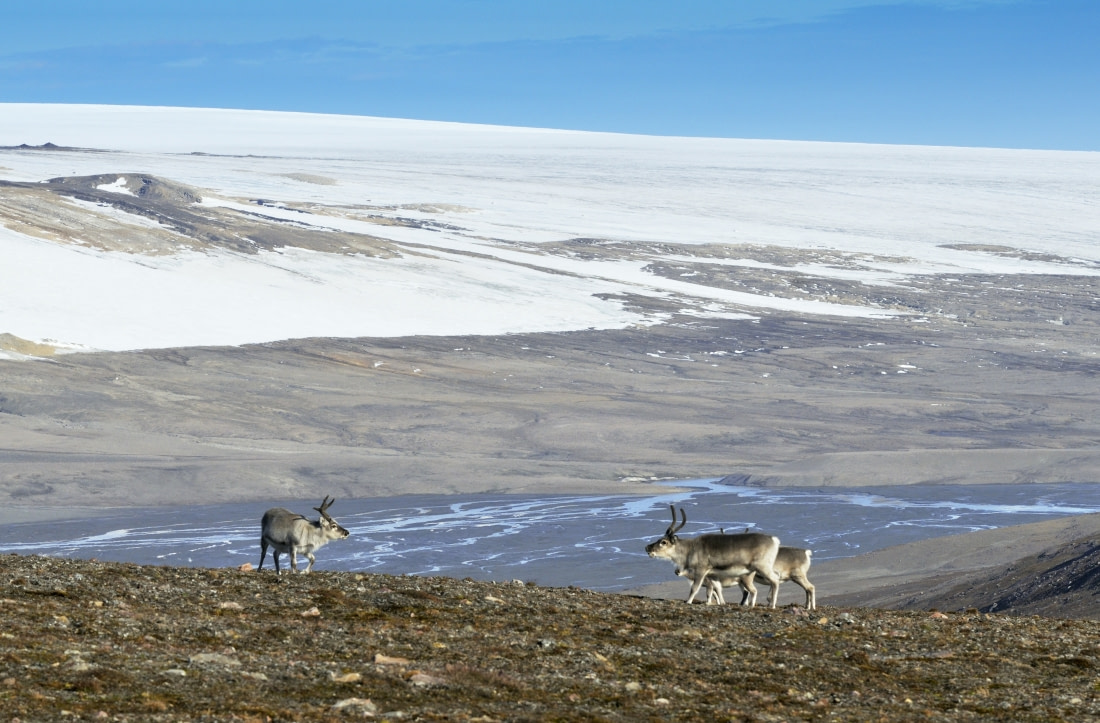
Image by Petr Slavik
Many of our guides work in glaciology and climatology, so the question often comes up about the best way to deliver climate change information to the public – especially in the age of internet misinformation. What’s your take on this?
I think you need to start with the fundamentals. In other words, how climate works. You should not start with the problems. If people have a better understanding of how climate works, they will be less easily fooled by misinformation. They will have a more critical eye. It’s not easy, but it’s vital.
For instance, let’s talk about ice. This is always a big topic when it comes to climate change. But not all ice is equal. Land ice does not work the same as sea ice, and ice core drilling reveals different things about each. And among both land ice and sea ice, there are many different subclassifications: glaciers, ice caps, and so forth. The answer is not always straightforward.
But to be clear, scientists who work seriously in this area all agree climate change is real and is human caused. There is no confusion about that. The only confusion is in the general public, and it has to do with being vulnerable to misinformation because they don’t understand fundamentals.
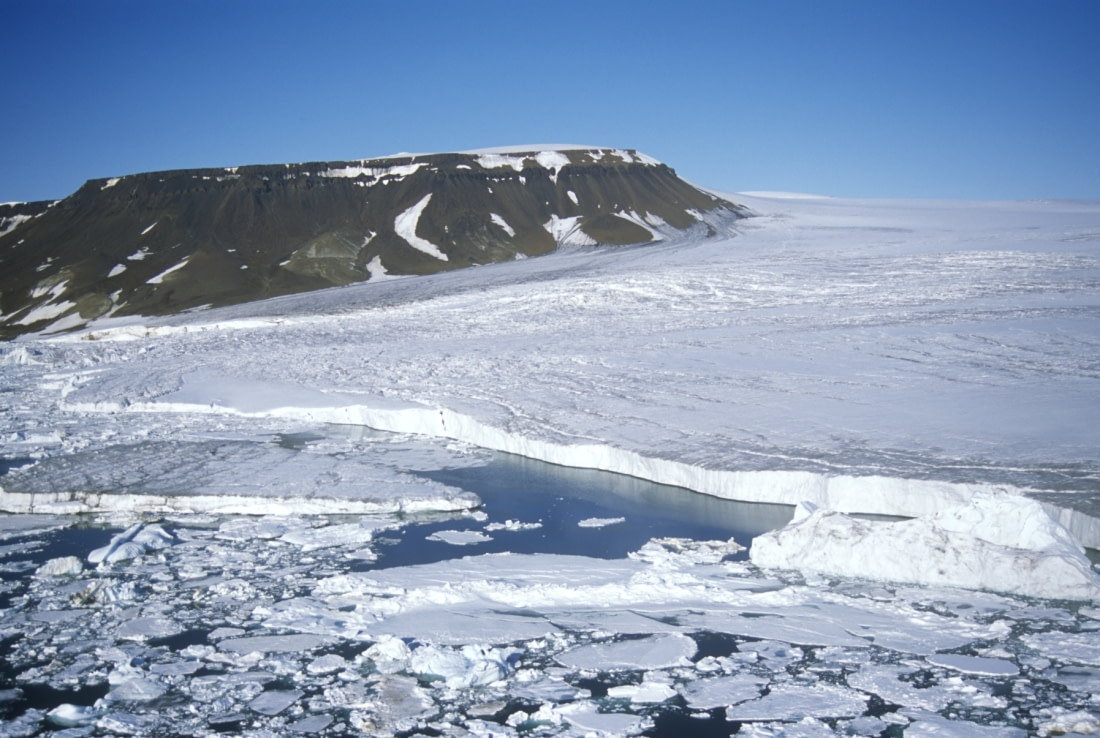
Image by Rinie van Meurs
What is your favorite part about doing these lectures?
I like to emphasize the fact that it’s important to see as much of the whole picture as possible. I think that is very important. Perhaps it is good to start with a small point of focus, but always make sure to broaden your view so you can get the larger context as much as possible.
As a final thought, what is something people can only experience by going to the polar regions themselves?
In the modern world, human beings are their own force of nature. Not only do we live within particular cultures, we have also helped physically shape the planet. We eliminate some plants and animals, and we favor some others. But when you take an Arctic or Antarctic trip, you enter an area that is still dominated by nature. That is a very real difference.
I think the last paragraph of the 1958 book, The Arctic Year, says it best: “In the Arctic, it is possible to approach the basic secret of nature and of human life as well. Arctic scenery is so simple and clear. All that is superfluous and unnecessary has been eliminated.”
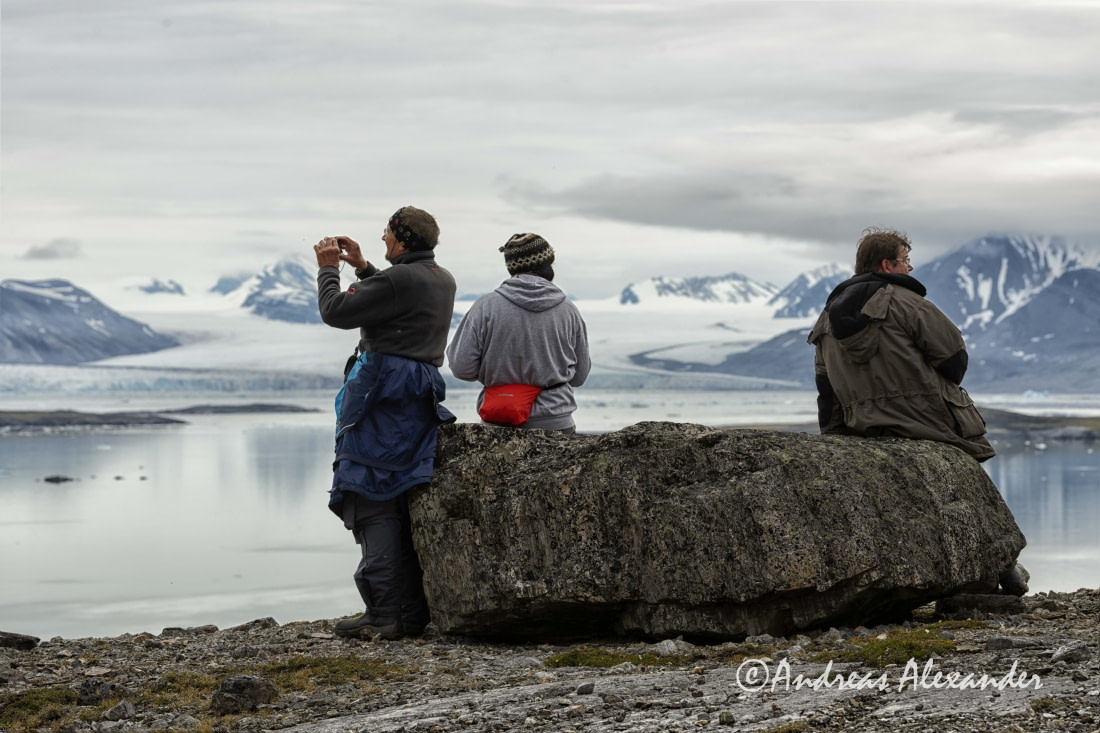
Title image and all nonspecified images by Luc Van Schoor and Sonja Van Kerckhove
